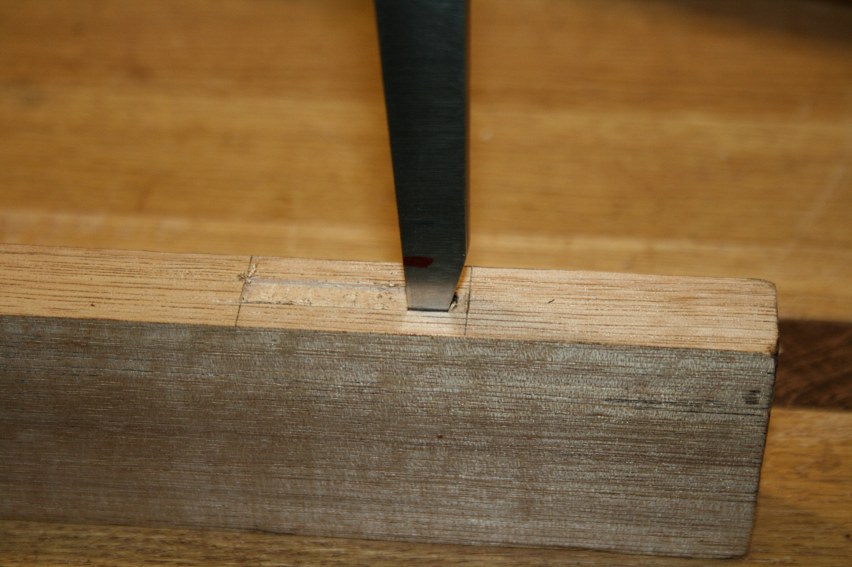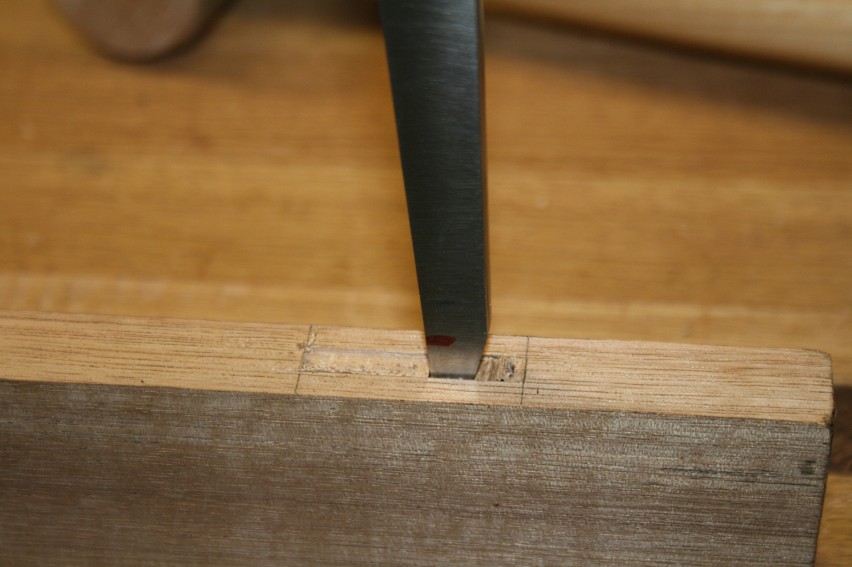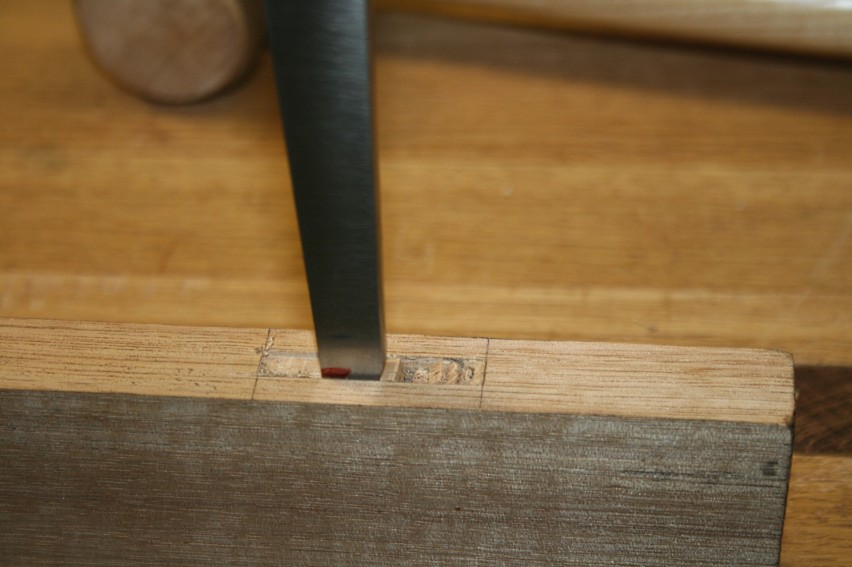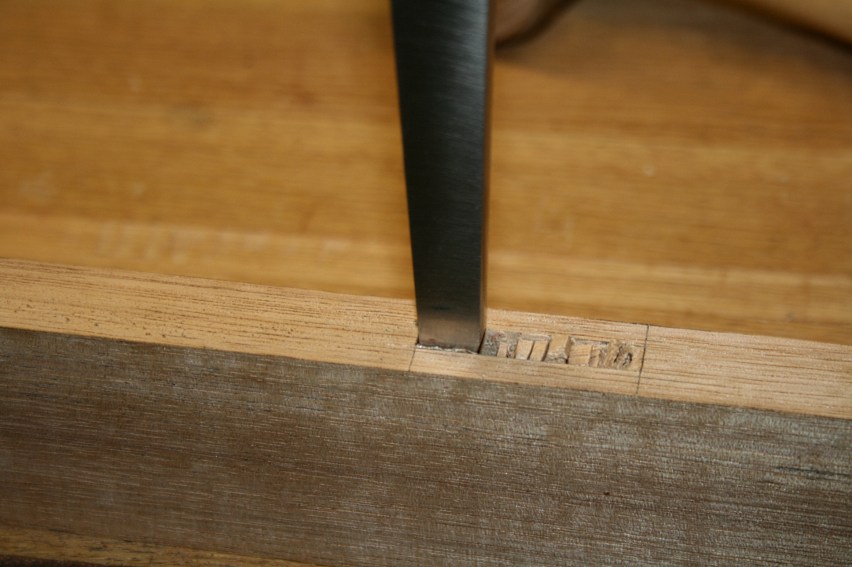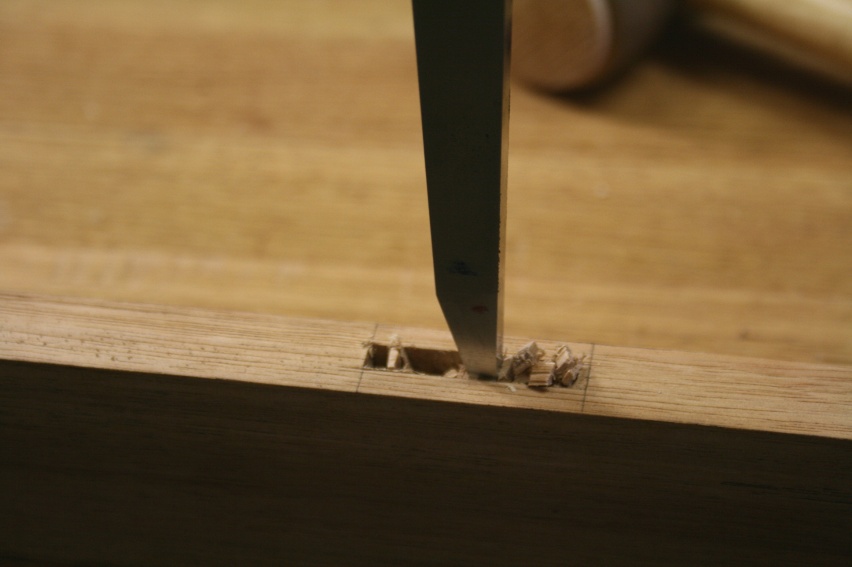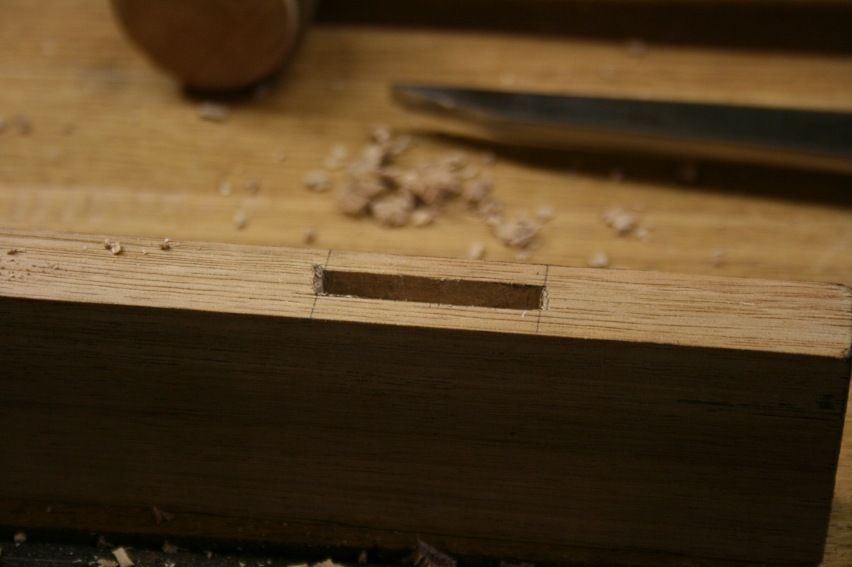CStanford":3rfdfylv said:Again my focus would be on Follansbee who does use pigstickers and is generally thought to be something of an expert on old tools and methods of work, along with the styles and genres in which he works.
The comparison, if I may, is not between Seller's use of each chisel but Seller's use of a bench chisel vs. Follansbee's use of a pigsticker. I don't see how anybody could come away with any other impression than Sellers is better at mortising with his B/E chisel than Follansbee is with his pigsticker. If Follansbee can be accepted as an expert user of that style mortising chisel and Sellers his, then... ??? Could it be the chisels?
I didn't see the follansbee video, I'd have to go find it. Maybe Paul is just better at mortising. It's hard to tell because you can clearly see in paul's other videos without the window, the mortises don't proceed at the same speed. I'm not a big fan of the stuff like the window mortises, it's beginner magnet stuff. "ooh...look at this video with the window on the side". Just pick up a chisel and cut some mortises. try a couple of different types of chisels, decide what works well and if you manage to find a project where you have 25 or 50 or 100 mortises to cut, you'll probably find what works best pretty quickly.
The idea that we can come to some kind if global definitive conclusion because two people cut mortises with glass next to a piece of wood is kind of stupid. Especially if it conflicts with the tools that you actually have in hand. That's really stupid.


































